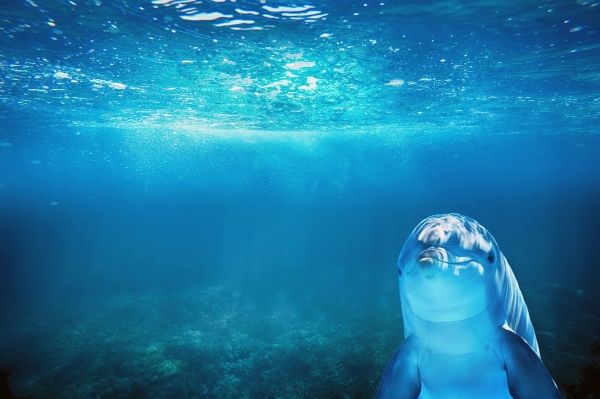An international team of scientists has succeeded in using the signature whistles of individual bottlenose dolphins off the coast of Namibia to estimate the size of the population and track their movement.
The research, led by Stellenbosch University and the University of Plymouth, marks the first time that acoustic monitoring has been used in place of photographs to generate abundance estimates of dolphin populations.
Writing in the Journal of Mammalogy, researchers say they are excited by the positive results yielded by the method, as the number of dolphins estimated was almost exactly the same as estimated through the more traditional photographic mark-recapture method.
They are now working to refine the technique, in the hope it can be used to track other species – with a current focus on endangered species such as humpback dolphins.
Quicker information processing and advances in statistical analysis mean in the future that automated detection of individually distinctive calls could be possible. This can generate important information on individual animals and would be particularly useful for small, threatened populations where every individual counts.
Read more at Stellenbosch University
Image by enriquelopezgarre from Pixabay


